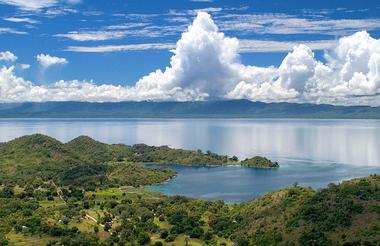Situated along the southern border of Zambia, Victoria Falls is a spectacular sight of awe-inspiring beauty and grandeur on the Zambezi River. It forms the border between Zambia and Zimbabwe and stretches across almost two kilometres into a gorge over one hundred metres below - making it one of the world’s widest waterfalls. Dubbed ‘The Smoke that Thunders’ by locals, this UNESCO World Heritage Site is a popular tourist destination for those visiting Zambia. It is world-renowned for its sheer beauty and offers visitors the opportunity to immerse themselves in spectacular landscapes inhabited by abundant wildlife. Visitors can look forward to a wide range of adventure sports such as kayaking, white water rafting, ziplining, bungee jumping and bridge swinging; and those looking for more relaxation can enjoy a sunset boat cruise, game viewing, or browsing through the vibrant local Livingstone Market.
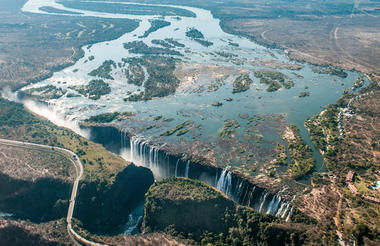
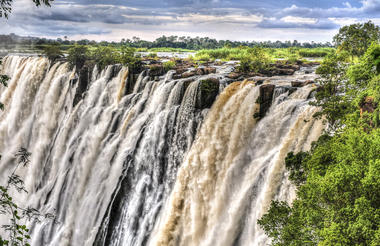
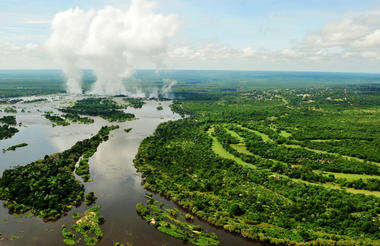
Set in Zambia, the Kafue National Park is the largest park in the country and the second-largest in Africa. The contrasting landscape of the Central Kafue features riverine bush, miombo and savannah woodlands, vast open plains and majestic granite outcrops. Visitors can enjoy the pristine natural beauty of the diverse scenery and its natural, unspoilt beauty. Drive along the Spinal Road for a chance to discover the most remote parts of the Central Kafue National Park. Don't miss the opportunity to spot a wide range of African wildlife with regular sightings of puku, impala and bushbuck and catch a glimpse of the countless bird species that call this area home.
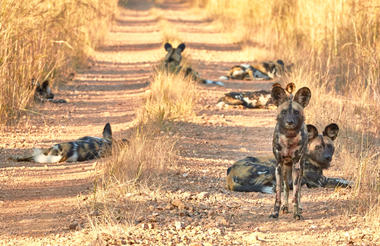
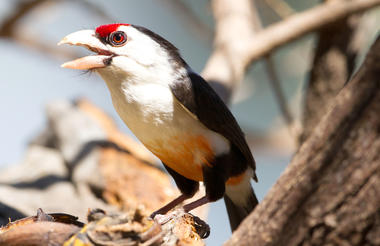
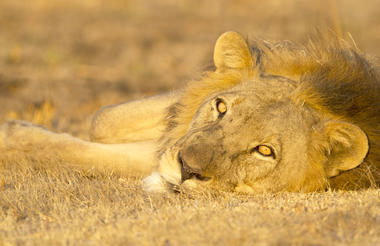
Kafue is Zambia’s largest national park, comprising two distinct sections, of which the northern section is the biggest and shelters the highest concentrations of game. Resident species include elephant, lion, leopard, buffalo and antelope, while hippos and waterbirds thrive in the wetlands of the Busanga Plains. This marshy wilderness extends across approximately 750 square kilometres which, during the rainy season, becomes a veritable deluge. Once the rains cease and the waters subside, a blanket of lush, grassy vegetation if left behind, attracting vast numbers of antelope and other grazers. Several camps are situated in Northern Kafue, offering a variety of accommodation, ranging from budget to luxury.
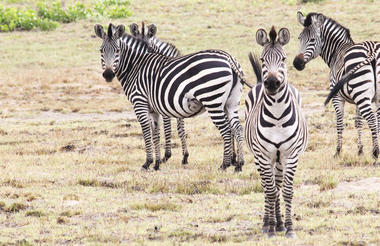
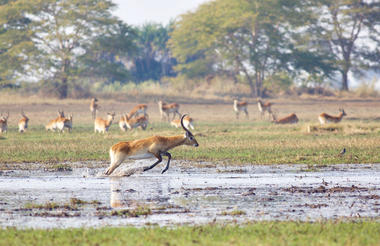
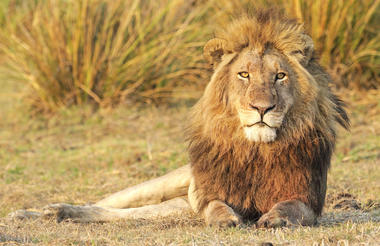
Zambia holds one of Southern Africa’s greatest unspoiled wilderness areas, 9,050 sq km of grasslands, oxbow lagoons and riverine forests.
The South Luangwa National Park, also known as valley of the Leopards is home to one of the highest concentrations of game anywhere in the world and is one of the few places in Africa to allow night game drives and walking safaris.
The park is often described as Zambia’s premier safari destination, foremost for the variety of species seen when visiting and the pristine woodland and riverine vegetation plays host to over 60 mammal and 400 bird species.
South Luangwa is the most impressive of National Parks, with incredible wildlife populations and continually enthralling sightings. Not only is it home to unique species such as wild dog, it also offers visitors the chance to experience big game such as lion, leopard, elephant, buffalo, hippo, zebra and of course the Thornicroft Giraffe.
The night drives take the wildlife opportunities up a level. Not only for the chance of seeing a pack of lions or leopard but for the many interesting animals that only come to life at night. Genets, civets, servals, hyenas, and bushbabies, nightjars and the grass-mowing hippos.
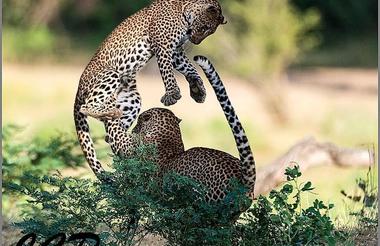
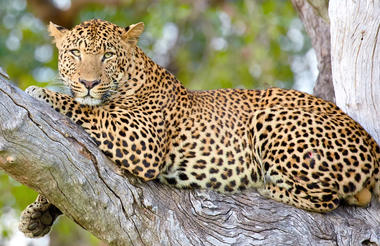
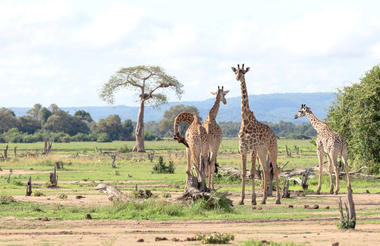
Although in Mozambican waters, Likoma Island is Malawian territory and is the larger of the two inhabited islands of Lake Malawi, measuring seventeen square kilometres across. The island boasts some lovely beaches, friendly locals, and predominantly flat terrain with a baobab dotted southern side. It is home to the headquarters of the University Mission to Central Africa, Livingstone’s mission, and hence it remained British territory when the Lake was divided politically after World War Two. The island is famous for the large, beautiful St. Peter's Cathedral, featuring numerous stained glass windows and intricate soapstone details. Visitors can relax on pristine beaches, snorkel and dive in the crystal-clear waters, and enjoy a variety of watersports.
